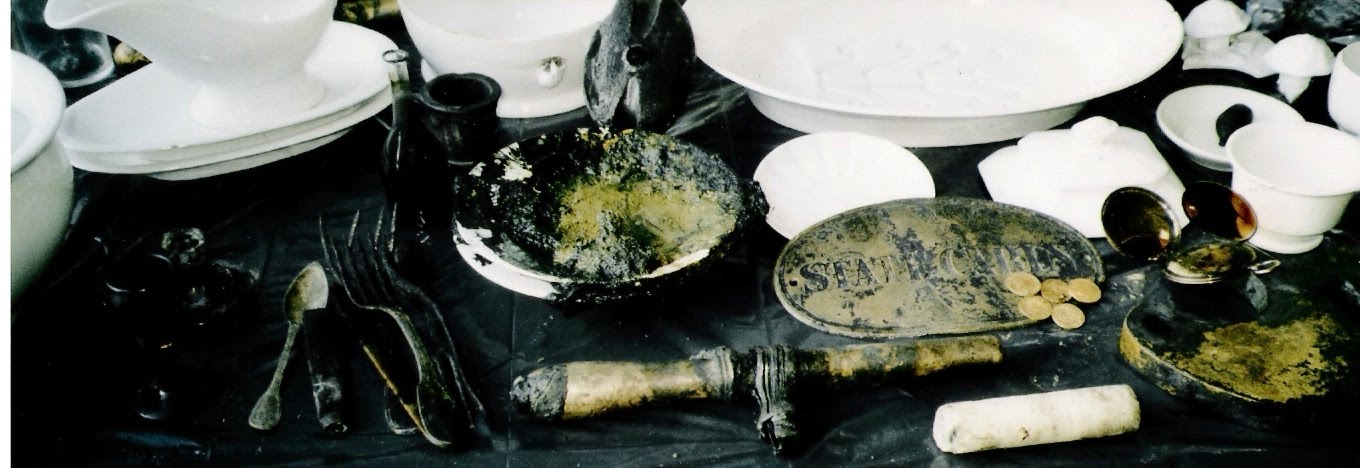From prnewswire
Where there's silver, there's tarnish. While getting the tarnish off your flatware might be an occasional inconvenience, to museum curators and conservators, it's a threat to irreplaceable works of art.
To protect these objects for generations to come, scientists from the A. James Clark School of Engineering at the University of Maryland, College Park, have teamed up with conservators from the Walters Art Museum in Baltimore, Md., to develop and test a new, high-tech way to protect silver art objects and artifacts, using coatings that are mere nanometers thick. The technique, called atomic layer deposition (ALD), will be used to create nanometer-thick, metal oxide films which, when applied to an artifact, are both transparent and optimized to reduce the rate of silver corrosion. The films are created when an object is exposed to two or more gases that react with its surface."ALD gives us an exquisite level of control, literally at the atomic level," says Ray Phaneuf, a professor of materials science and engineering (MSE) working on the project. "It's an effective, low-cost strategy to reduce corrosion that preserves artifact appearance and composition while complying with the rigorous standards of art conservation practice." Eric Breitung, a scientist who runs E-squared Art Conservation Science, proposed the collaboration after conducting preliminary investigations into the use of ALD on silver at New York's Metropolitan Museum of Art. "I approached members of the Clark School faculty because of their expertise and the university's extensive ALD facilities at the Maryland NanoCenter," he says, adding that the faculty members' previous collaborations with museums made them a good match for the Walters and its silver collection.Walters Art Museum Conservation Scientist Glenn Gates explains the goals the new coating has to achieve."First, its appearance must be acceptable for display in a museum context. It has to be tough enough to endure transport and handling, but not so tough that it can't be removed. It needs to be completely removable so an object can be re-treated to meet future standards of conservation and aesthetics. And finally, it should not cause any harm to a piece, even if it breaks down."Read more...Posted via email from
.jpg)
No comments:
Post a Comment